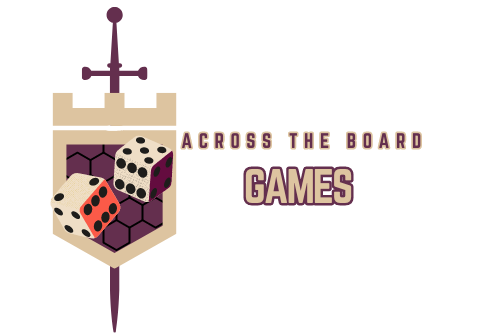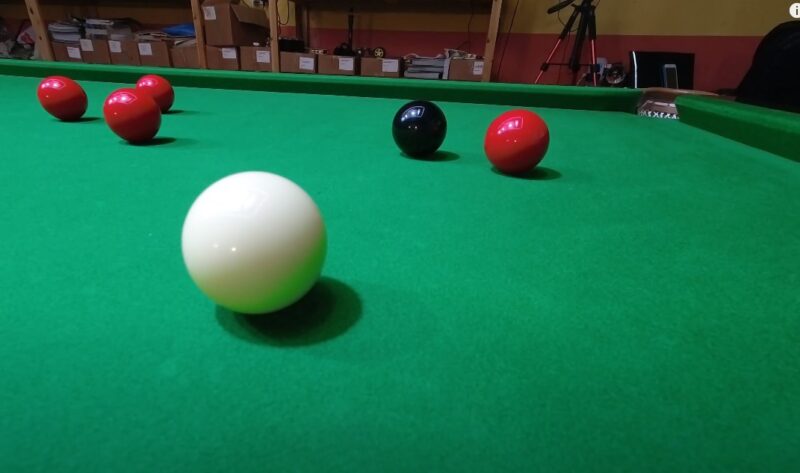Snooker, a cue sport with a rich history and a blend of strategy, skill, and precision, has captivated audiences worldwide. It is played on a rectangular table covered with green cloth, featuring pockets at each of the four corners and in the middle of the long side. The game involves 15 red balls, six colored balls, and a white cue ball.
Basic Rules and Gameplay
Catching all the rules is crucial for both beginners and seasoned players. The objective is to outscore the opponent by potting balls in the correct sequence, requiring precision and tactical acumen.
| Objective | Outscore the opponent by potting balls in the correct order |
| Game Start | The break-off shot from within the ‘D’ semi-circle |
| Turns | Alternate turns; a turn continues with successful pots or ends with a foul |
| Potting Order | Alternate between potting red balls and colored balls |
| Fouls | Include potting the cue ball, failing to hit a ball, or hitting balls out of sequence |
| Penalties | Penalty points (4 to 7) awarded to the opponent for fouls |
The Flow of the Game
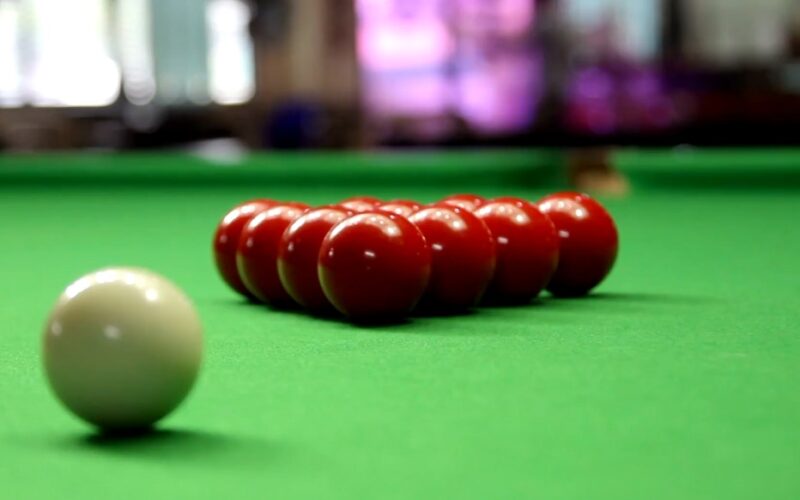
- The Break-Off: The game commences with a crucial initial shot known as the break-off. To execute this, the cue ball is placed within the ‘D’ semi-circle at one end of the table. The player striking the cue ball aims to scatter the red balls positioned in a triangular frame at the opposite end. This shot not only disperses the red balls across the table but also strategically positions the cue ball, often aiming to hinder the opponent’s chances of an easy first pot.
- Taking Turns: Snooker is inherently a turn-based game, where players alternate turns at the table. A turn continues as long as the player successfully pots balls without committing a foul. The intricacy of snooker lies in its requirement for players to follow a specific potting order. After each red ball potted, the player must choose a colored ball to pot. This alternation continues, with red balls being the primary target until they are all cleared from the table. Failure to pot a ball or committing a foul results in the end of a player’s turn, giving the opponent the opportunity to take control of the table. You should also observe how some of the best players to get some tricks from them.
Fouls and Penalties
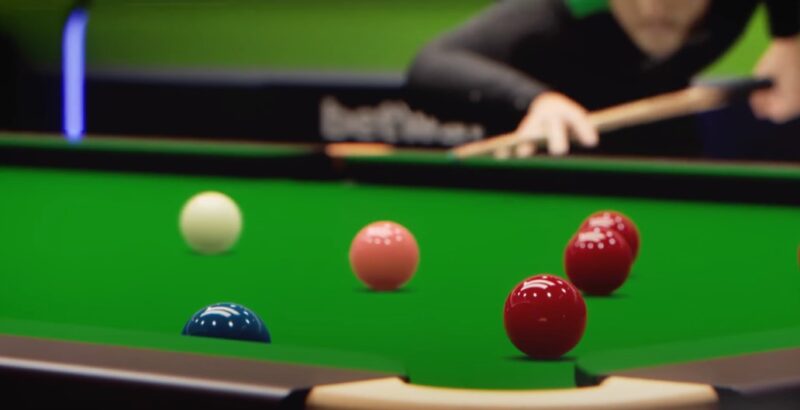
- Fouls: Fouls are integral to the game’s strategic depth, adding a layer of complexity and challenge. A foul can occur in various situations: failing to hit any ball with the cue ball, potting the cue ball (known as a ‘scratch’), hitting the wrong ball first, or even potting a ball out of the designated sequence. These mistakes not only end the player’s turn but also give their opponent a significant advantage.
- Penalties: When a foul is committed, the opponent is awarded penalty points. These points can be crucial, often turning the tide of a match. The penalty points vary depending on the nature of the foul, ranging from a minimum of four points to a maximum of seven. For instance, if a player pots the cue ball or fails to hit any ball, a penalty of four points is awarded. If a player hits a colored ball out of sequence, the penalty points correspond to the value of that colored ball, which can be as high as seven points for the black ball. This penalty system not only penalizes errors but also incentivizes players to play with precision and caution.
The Table
- Dimensions: A standard snooker table measures 11 feet 8.5 inches in length and 5 feet 10 inches in width. This size is considerably larger than tables used in pool or billiards, demanding more precision and control from the players.
- Surface: The playing surface of a snooker table is covered with a finely woven cloth, typically made of wool mixed with nylon or similar materials. This cloth is known for its smoothness and durability, providing a fast and consistent path for the balls. The green color of the cloth is traditional, offering a soothing visual contrast with the colored balls.
The Balls
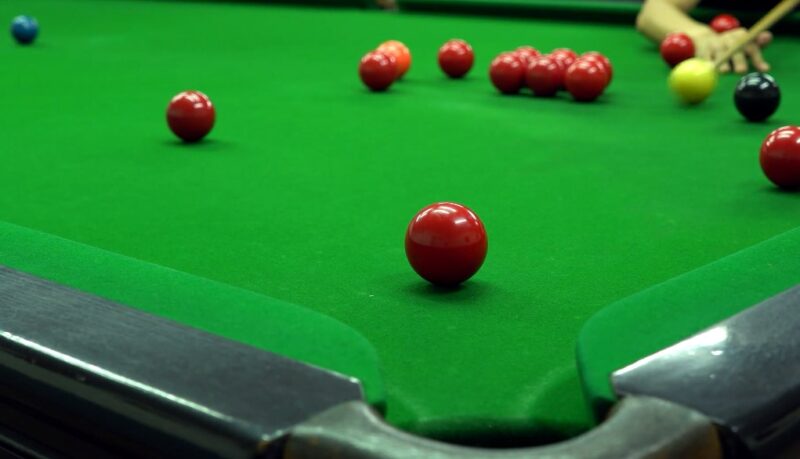
- Red Balls: There are 15 red balls on the table, each worth 1 point. These balls are the primary targets during the initial phase of the game.
- Colored Balls: In addition to the red balls, there are six colored balls, each with a specific point value and designated spot on the table. The yellow ball is worth 2 points, the green 3, the brown 4, the blue 5, the pink 6, and the black ball is the highest-scoring at 7 points.
- The Cue Ball: The white ball, or cue ball, is the only ball that players strike directly with the cue. Its movement and position are crucial for setting up shots and executing strategies.
The Cue
- Design: A typical snooker cue is a slender, tapered stick made primarily of wood. Ash and maple are common choices for the shaft, while the tip, which directly contacts the cue ball, is usually made of leather.
- Variations: Cues vary in length, generally ranging from 57 to 58 inches, and in weight, from 16 to 18 ounces. The tip size also varies, usually between 9 and 10 millimeters in diameter. These variations allow players to choose a cue that best suits their grip, style of play, and comfort level.
- Personalization: Many players have their cues custom-made to fit their specific preferences, including the balance point, the stiffness of the shaft, and the type of wood used.
Advanced Techniques and Strategies
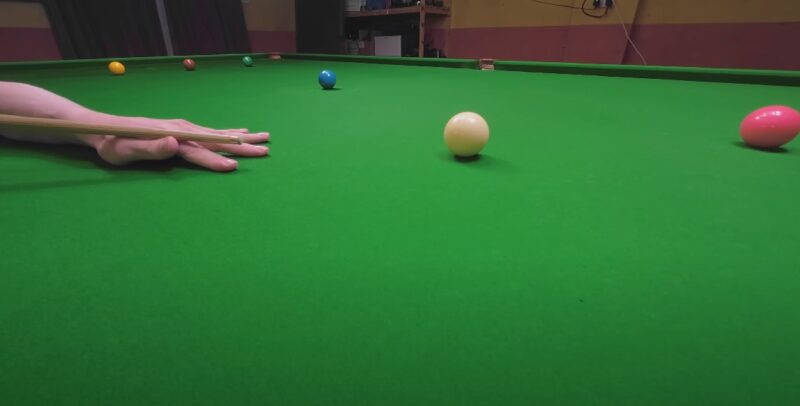
To elevate your snooker game to a professional level, it’s essential to master a range of advanced techniques and strategies. These skills go beyond basic shot-making, encompassing the art of cue ball control, strategic positioning, and tactical play.
Positional Play
- Essence of Positional Play: The crux of positional play is in managing the cue ball’s trajectory and landing spot after each shot. The goal is to ensure a favorable position for the next shot, thereby facilitating a sequence of pots. This skill is fundamental for building high-scoring breaks.
- Planning Ahead: Good positional play involves thinking several shots ahead. It’s not just about potting the current ball but also setting up the next one or two shots. This foresight is what separates average players from experts.
Spin and English
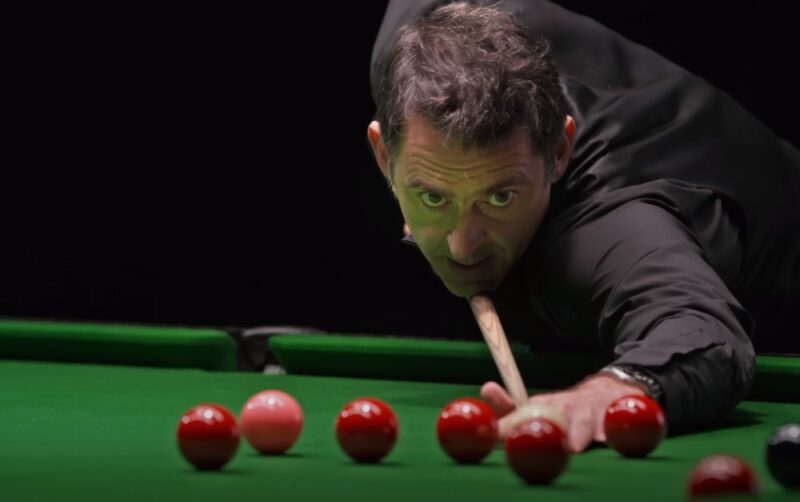
- Applying Spin: By imparting different types of spin – side, top, or backspin – players can significantly alter the path and speed of the cue ball. This technique is essential for navigating around obstacles and achieving precise cue ball placement.
- Side Spin (English): Side spin, often referred to as ‘English’, involves striking the cue ball off-center to the left or right, affecting its lateral movement upon hitting a cushion. This is particularly useful in escaping snookers or positioning the cue ball for the next shot.
- Top and Backspin: Topspin propels the cue ball forward after contact with an object ball, while backspin (or screw) causes it to reverse its path. These spins are crucial for controlling the distance the cue ball travels.
Tactical Play
- Defensive Strategy: Safety play is a defensive tactic where the aim is to make it difficult for the opponent to pot a ball. This often involves placing the cue ball near a cushion or strategically behind another ball, creating a challenging situation for the opponent.
- Importance in Match Play: Safety shots are not just about defense; they’re also about controlling the game’s tempo and forcing errors from the opponent. They’re an integral part of match play, especially in professional snooker.
- Concept of Break Building: A break in snooker refers to a series of successful pots made in one turn at the table. High breaks are indicative of a player’s skill and ability to dominate the table.
- Combining Potting with Positional Play: To build high breaks, players must effectively combine accurate potting with strategic positional play. This means not only focusing on potting the current ball but also positioning the cue ball to make the next shot as easy as possible.
- Pattern Recognition: Recognizing patterns and planning the sequence of pots is key in break building. This involves selecting the right balls to pot in a sequence that maintains control over the cue ball and the table.
Common Mistakes and How to Avoid Them?
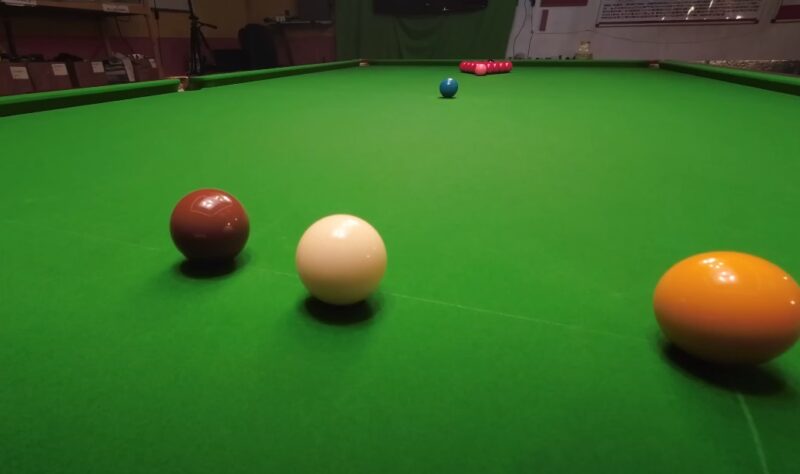
In the nuanced world of snooker, even the most experienced players are prone to errors. Recognizing and avoiding these common pitfalls is key to improving your game.
Rushing Shots and Poor Planning
- Haste Leads to Waste: One of the most common errors in snooker is rushing shots. In the heat of the moment, players may take shots too quickly without adequately assessing angles or planning the cue ball’s trajectory. This often results in missed pots or poor positioning for subsequent shots.
- Strategic Shot Selection: To counter this, it’s vital to slow down and consider each shot carefully. Think about not just making the current shot, but also setting up the next one. This strategic approach helps in building meaningful breaks and maintaining control over the game.
- Practice Routines for Patience: Developing a consistent practice routine is instrumental. Through repetitive practice, players can cultivate patience and strategic thinking. This reduces impulsive decisions and hasty shots during critical moments in a match.
Ignoring Safety Play
- The Drawback of Aggression: A common misstep is focusing excessively on aggressive play, neglecting the strategic importance of safety shots. While aggressive potting can rack up points quickly, it also increases the risk of leaving easy opportunities for the opponent if a shot is missed.
- Balancing Attack and Defense: A more balanced approach involves integrating safety play into your strategy. Knowing when to play a defensive shot can be as crucial as potting a challenging ball. Safety shots can limit your opponent’s options, forcing them into errors or difficult positions.
- Mastering Safety Shots: Regular practice of safety shots is essential. This involves learning how to position the cue ball in spots that complicate the opponent’s next shot. Understanding the nuances of angles and cushions can help turn the tide in closely contested frames.
FAQs
How can I improve my aim in snooker?
To improve your aim in snooker, you need to practice your stance, cue action, and alignment. You also need to focus on the object ball and the point of contact, and visualize the path of the cue ball and the object ball before you shoot.
What is the most important thing in snooker?
The most important thing in snooker is to have a good cue ball control. This means you can place the cue ball in the best position for your next shot, and avoid leaving easy shots for your opponent. Cue ball control requires good technique, accuracy, and strategy.
How do you play the best snooker?
To play the best snooker, you need to master the basic skills of the game, such as potting, safety, and break-building. You also need to develop your mental strength, concentration, and confidence. You can learn from watching professional players, reading books, or taking lessons from a coach.
Is pool harder than snooker?
Pool and snooker are different games with different rules, equipment, and strategies. Some people may find pool harder than snooker, and vice versa. Generally speaking, snooker is considered to be more difficult than pool, because the table is larger, the pockets are smaller, and the scoring system is more complex.
What is the 3 shot rule in snooker?
The 3 shot rule in snooker is a rule that applies when a player commits a foul and leaves the cue ball snookered (unable to hit any legal ball directly). The opponent can then choose to play the next shot themselves, or ask the fouling player to play again. The fouling player can only be asked to play again up to three times in a row.
Last Words
Snooker is a complex and rewarding game that combines skill, strategy, and mental strength. Mastering it involves much more than learning the rules; it requires practice, strategic understanding, and mental resilience.
Players must focus on developing their cue skills, understanding the game’s tactical aspects, and learning from every experience on the table. By avoiding common mistakes and continually refining their techniques, players at all levels can enjoy and excel in this challenging sport.
